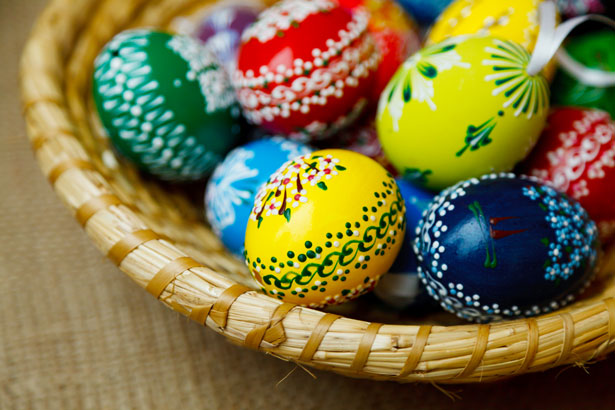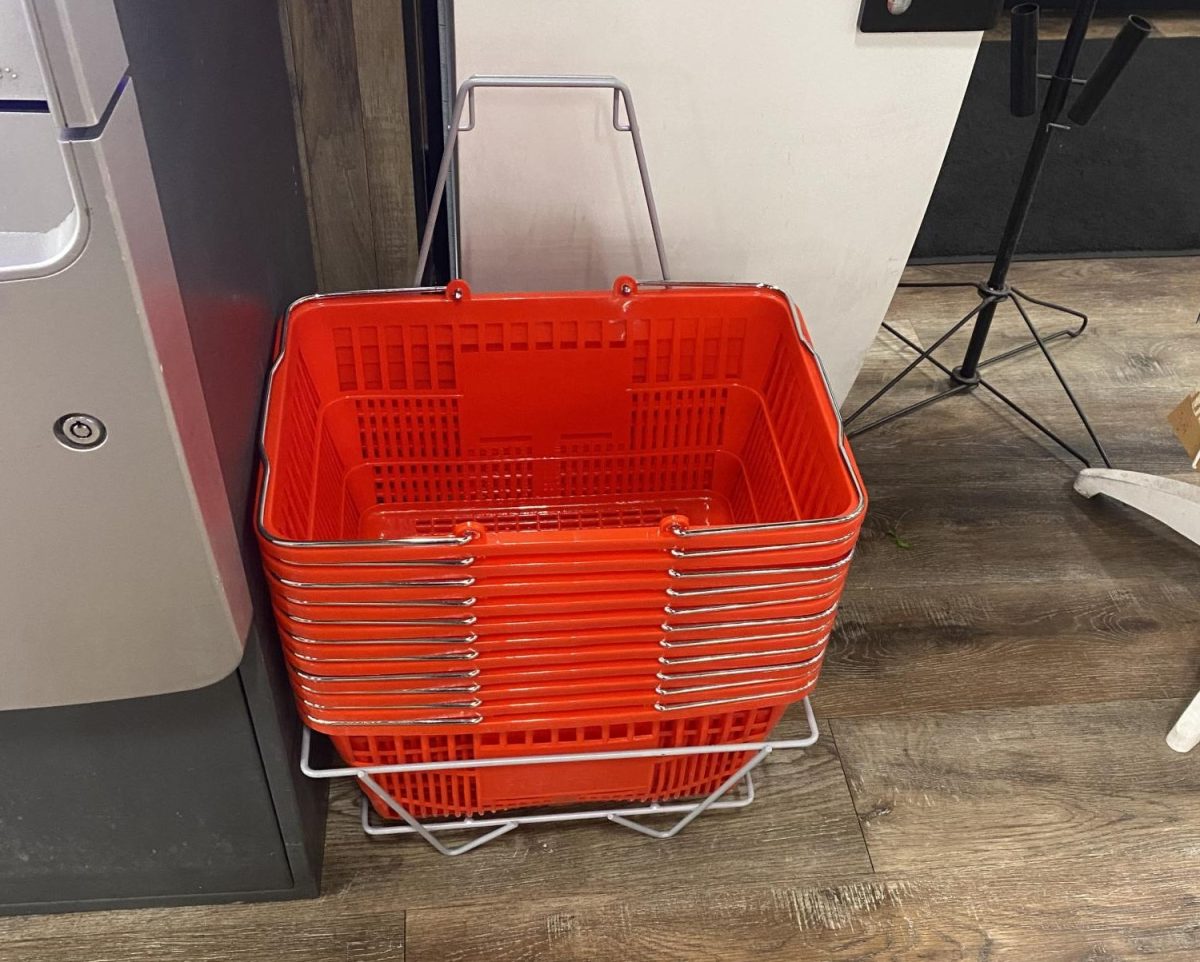The Spring has finally come!
Many different cultures celebrate the coming of the season in many different ways. Spring often symbolizes newness, releasing of the old, fertility and life. The flowers begin to bloom and plants regain their healthy green color. Ever since long ago, the coming of spring meant the growing of crops and warmer weather. Countries around the world began to celebrate this season due to its prosperous aspects. From religious holidays to interesting traditions, there are many ways Spring is celebrated around the globe. I will be sharing my personal experiences with the polish culture and how my family celebrates this time.
Burning Straw Dolls
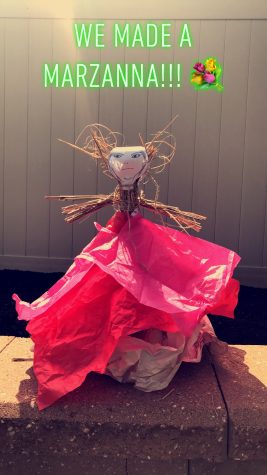
Around the world, there is usually a tradition involving the burning/ destroying of life-sized straw dolls around the springtime.
In Brazil, people create life- sized dolls of Judas (the 13th Apostle of Jesus, who later betrayed Jesus), they then proceed to beat up and burn the doll. This is to symbolize the ending of Lent and justice for Jesus.
Poland has a similar tradition in which people create a straw doll in the shape of a woman and call it a “Marzanna” (pronounced Madganna). The Marzanna symbolizes the “witch of the winter”- therefore children (and grown adults) proceed to beat up, burn and then drown the Marzanna in a river. This symbolizes the peoples’ strength of surviving through the harsh winter, overcoming it to welcome Spring and the prosperous time ahead.
My family actually followed along with this tradition by creating a small little “Marzanna” out of straw and paper. We then lit a little bonfire in the evening and threw our Marzanna in there. It was a very odd tradition, but we did get rid of a ton of straw and a bunch menus from bad take-out places!
“Smingus- Dyngus” or Water-Sprinking
In countries such as Poland, Ukraine and Hungary, on the Monday after Easter, many women are sprinkled and sprayed with water by their lovers and family for luck in love and good health. Known as “Smingus Dyngus” in polish (pronounced shmingoose- dyngoose), this holiday is celebrated all around Europe to this day!
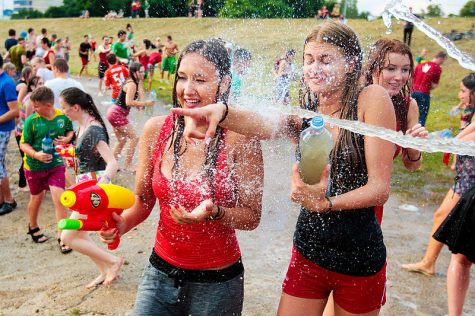
My family follows this tradition VERY closely. From my youngest years, I was usually woken up by water droplets and laughter. We would rise early to prank the others with water guns and water balloons. Despite the tradition being commonly celebrated in the morning, the water madness would go on for the whole day! It would all usually end with one fateful person being attacked with a giant water balloon or a bucket of water in the evening.
Coloring Eggs
Coloring eggs around Easter time is a common tradition around the world. The different regions of the world have their own special ways of going about it too.
In Bulgaria, the oldest woman in the family rubs each of her child’s or grandchild’s face with a red-colored egg. This is to symbolize her children being healthy and happy, with their cheeks being rosy and faces being bright.
In Germany, Easter eggs are hung on trees and out on the streets. People go about decorating their trees with many pastel-colored eggs, with some trees even having thousands of colored eggs hung on their branches!
In the United States, there is an old tradition of children rolling Easter eggs with wooden spoons. The winner is awarded with candy and is said to have good luck. This tradition is still practiced today, as the President holds an Easter Egg Roll every year on the White House lawn on Easter Monday.
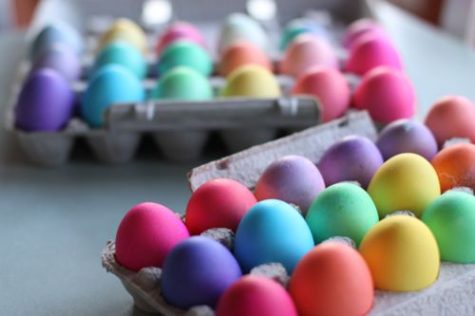
In Poland, families usually bring all their colored eggs as they gather for an Easter breakfast. Each family member chooses an egg, and goes around to other family members hitting their eggs to break the shell. This can be compared to giving a “toast” with drinking vessels. When the shell is broken, that symbolizes good luck and happiness for both family members.
Pot Throwing
This tradition takes place on the morning of Holy Saturday primarily in Greece. People take earthenware pots and pans and throwing them and smashing them out on the streets. People usually stored their crops in such earthenware, therefore smashing them would spread the good luck of growing prosperous crops again.
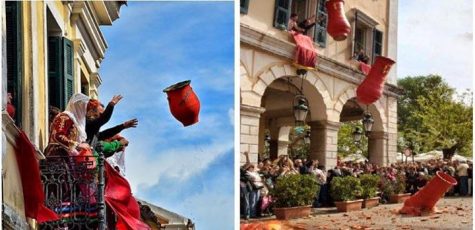
Blessing of the Baskets
Filled with chocolate bunnies, peeps and toys, Easter baskets are a very common tradition during this time, yet different regions take a different spin on this tradition. In the US, children usually receive goody baskets from family members as a gift. There are some people who get “adult” Easter baskets as well, filled with chocolates or popcorn or even hot sauces!
In Poland, the traditions of Easter baskets in more religious. Each family member gets a woven basket, with the mother getting the biggest one. In the basket, people place different foods and objects to symbolize different things. There is pepper and salt to symbolize wealth, green branches symbolize luck and bread symbolizes the body of Christ. There is sausage and ham placed in the basket, a lamb (to symbolize peace) and of course, colored Easter eggs. People also put chocolate, baked sweet buns called “babki” and their favorite foods/ trinkets to be blessed for the celebratory mass.




